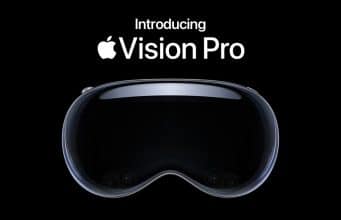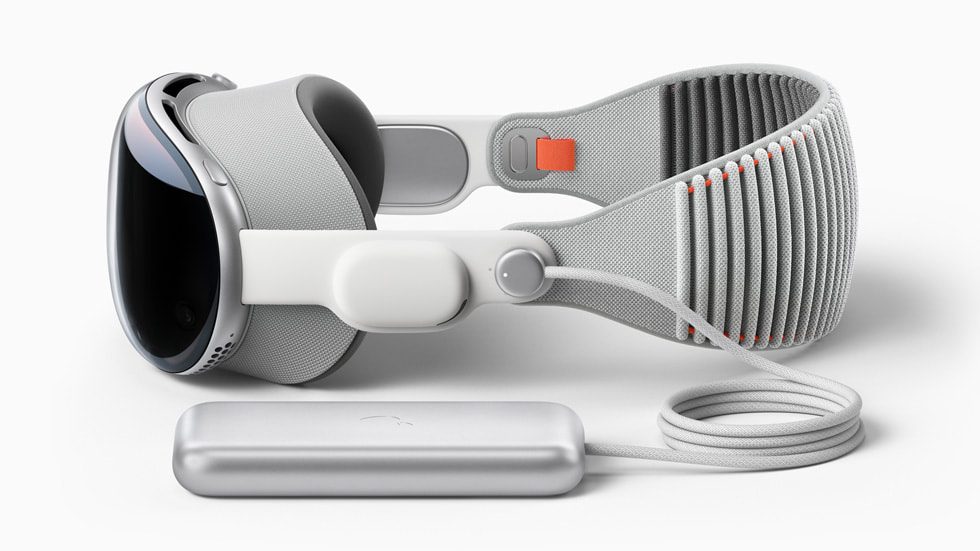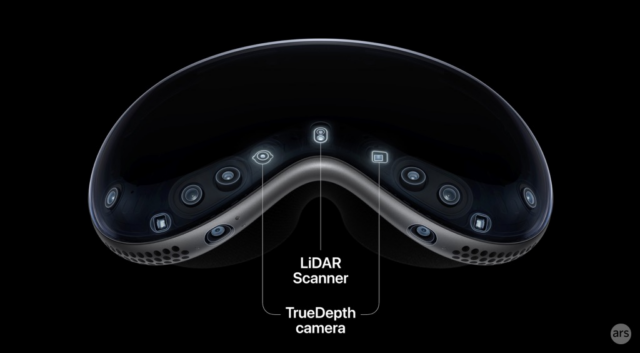Apple Vision Pro to Support One of VR’s Most Prominent Social Apps
Apple unveiled Vision Pro on Monday, its long-awaited standalone headset capable of both virtual and augmented reality. While the Cupertino tech giant seems to be emphasizing Vision Pro’s AR capabilities thanks to its color passthrough cameras, it’s also going to pack one of VR’s most prominent social apps, Rec Room.
Apple’s launch of Vision Pro is still a good bit away—it’s coming first to the US in early 2024 at the hefty price of $3,500. Still, what apps the Fruit Company will allow on the undoubtedly very curated Vision App Store will be telling.
As first noted by UploadVR, among them will be the hit social VR game Rec Room, which so far shares cross-compatibility with SteamVR, Meta Quest, Meta PC VR, PSVR, PlayStation 4/5, Xbox, iOS, Android, and standard monitors via Steam.
Rec Room was the only native VR app shown during the part of the keynote discussing third-part apps, which are coming to the headset via Apple’s integration of the Unity game engine.
Notably, Vision Pro doesn’t offer any sort of motion controller, instead relying on hand and eye-tracking, and voice input. In the past, Rec Room has primarily targeted motion controllers for VR input, however the apps is also set to bring both full-body avatars and new hand models to the platform, which will seemingly do away with the game’s wristless mitten-hands.
Apple Vision Pro to Support One of VR’s Most Prominent Social Apps Read More »




